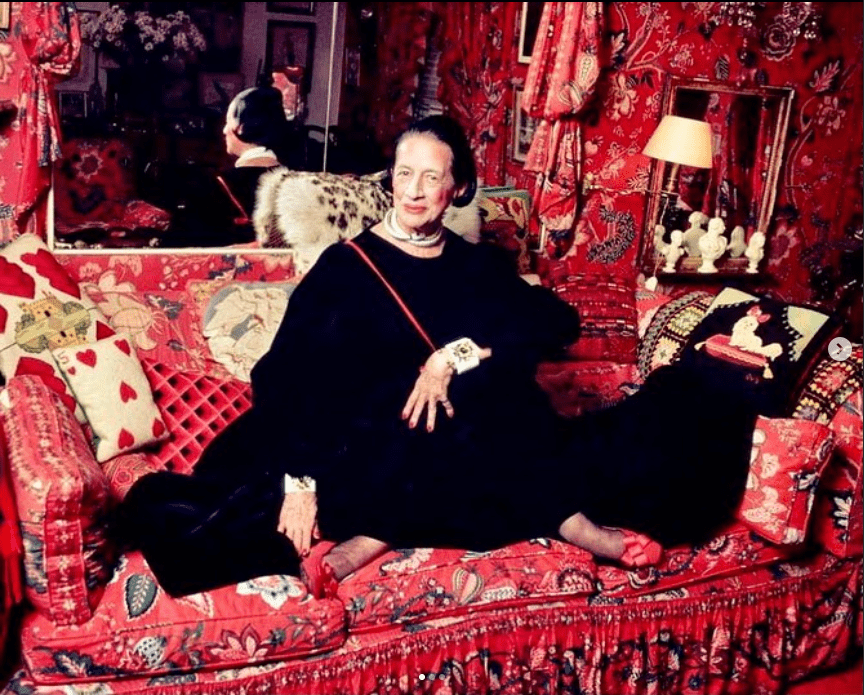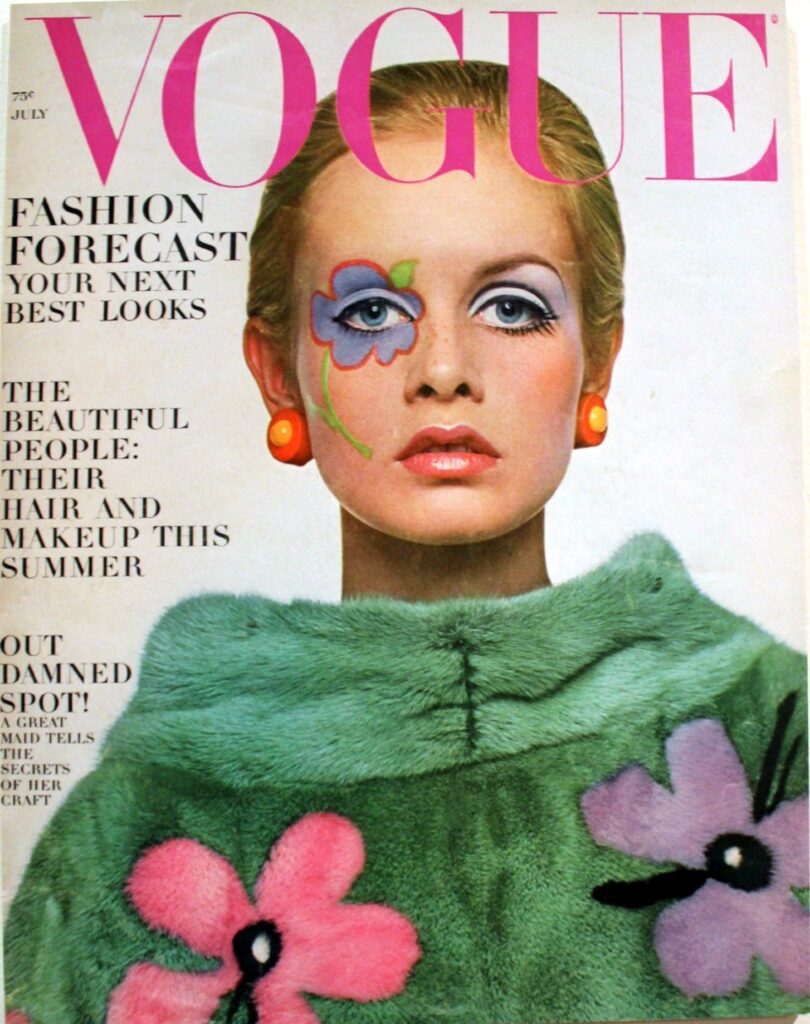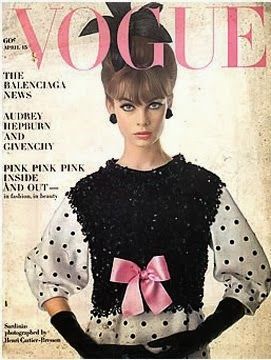
Diana Vreeland: Fashion Journalism Icon
Before Anna Wintour and Marie Grace Mirabella, one fashion editor helped cultivate the American fashion magazine industry in the early 20th century: Diana Vreeland! In honor of Women’s History Month here at the Garnette Report, we celebrate Diana Vreeland’s contributions to the art of design from her time at the Harper’s Bazaar, Vogue, and the Metropolitan Museum of Art!
The bikini is the most important thing since the atom bomb!
Diana Vreeland (1946)
Diana Vreeland’s Start at Harper’s Bazaar!
In 1936, Vreeland began to work at the Harper’s Bazaar, a monthly women’s fashion magazine that covers the latest trends and events, as a columnist. Because of Vreeland’s eccentric style and attire compared to the high fashion socialites during this time, she caught the eye of Carmel Snow, the editor-in-chief of Harper’s Bazaar. (Honestly, Carmel Snow is so iconic, please read up on her respectfully). During Vreeland’s time there, her column’s name was “Why Don’t You?”, a series of questions that suggest imaginative what-ifs for the readers.
After her receptive feedback from her column, she became the Fashion Editor at Bazaar. One of Vreeland’s most iconic covers is when she discovered model Lauren Bacall (another icon in her own right) during World War II. The cover can be seen here! Bacall is standing in front of a Red Cross office while wearing a popped collar suit with a polka-dot ruffled blouse peeking out from the ensemble. Also, she is wearing a cherry red handbag with black gloves, and a cloche hat (a fitted, bell-like hat that was invented by Caroline Reboux). The purpose of this cover: to encourage Americans to donate blood during the war.
Another iconic cover of Vreeland is from 1960 for Bazaar with Audrey Hepburn’s head wrapped with a floral print scarf while wearing a bucket hat that resembles a lamp shade. The bizarre yet genius nature of Vreeland’s risky covers capitulated Bazaar into the high fashion realm during this time. In addition, because of her upcoming name in the fashion world, she was able to advise First Lady Jacqueline Kennedy!
However, Vreeland would resign from the publication around 1961 to join another iconic fashion magazine: Vogue! Listen to her explain her creative process of fashion and design below from 1981!
Diana Vreeland As Editor-In-Chief at Vogue Please!
Today let’s think pig white! Wouldn’t it be wonderful to have stockings that were pig white! The color of baby pigs, not quite white and not quite pink!
Diana Vreeland (date unknown)
Vreeland joined Vogue Magazine in 1962 after her successful run at Harper’s Bazaar! Because the 1960s were the popularity of pop art with the introduction of Andy Warhol and exaggerated and experimental silhouettes such as the box dress, Vogue allowed Vreeland to use her creativity for its editorial. Most of the selected designs for the magazine appealed to the growing counterculture in the 1960s, a cultural phenomenon and political movement that created the social changes that are present today. A few of her most iconic covers for Vogue are found below!
For her “Twiggy” cover, the model has a painted flower over her left eye while wearing a forest green coat with pink and purple butterflies. This cover is visionary because Vreeland played along with the idea of makeup that contradicted the traditional standard of it. (Most covers we see today are more experimental with makeup thanks Vreeland!) For the next cover, she collaborated with Yves St. Laurent and his couture house for his advice for the April 1963 cover. So, Vreeland helped St. Laurent gain attraction for his design house.
Diana Vreeland Is At The MET, Darling!
After the eccentric 1960s started to fade during the early 1970s, Vogue replaced Vreeland with her successor, Grace Mirabella. After Vreeland departed from the magazine, she became a special consultant to the Costume Institute for the Metropolitan Museum of Art in 1973. One of her most famous exhibitions was called “La Belle Epoque” in 1982, collaborating with Douglas Fairbanks Jr. The collection celebrates the fashion styles from the end of the 19th century to the early 20th century. Think of it as Europe’s golden age and Moulin Rouge, very flamboyant and exaggerated parties of wealth and success. Check out the MET’s documentary of the collection below! (It is an hour long but it is so worth it!)
“You gotta have style. It helps you get down the stairs. It helps you get up in the morning. It’s a way of life. Without it, you’re nobody. I’m not talking about lots of clothes.”
Diana Vreeland (date unknown)
Vreeland’s Legacy
Vreeland passed away in 1984 but her legacy is still alive! In 2011, there is a documentary about her work and life called, “About Diana Vreeland: The Eye Has to Travel”! Recently, on Rupaul Drag Race All Stars 7, Raja, season 3 winner, played as Vreeland as part of “Snatch Game”, a challenge that drag queens impersonate celebrities in a variation of the Match Game. Check out Raja’s performance below!
Overall, Diana Vreeland is a fashion journalism icon that has left an impact on the industry with her bold innovations and commentary!
Featured Image from Freck Vreeland’s Instagram




